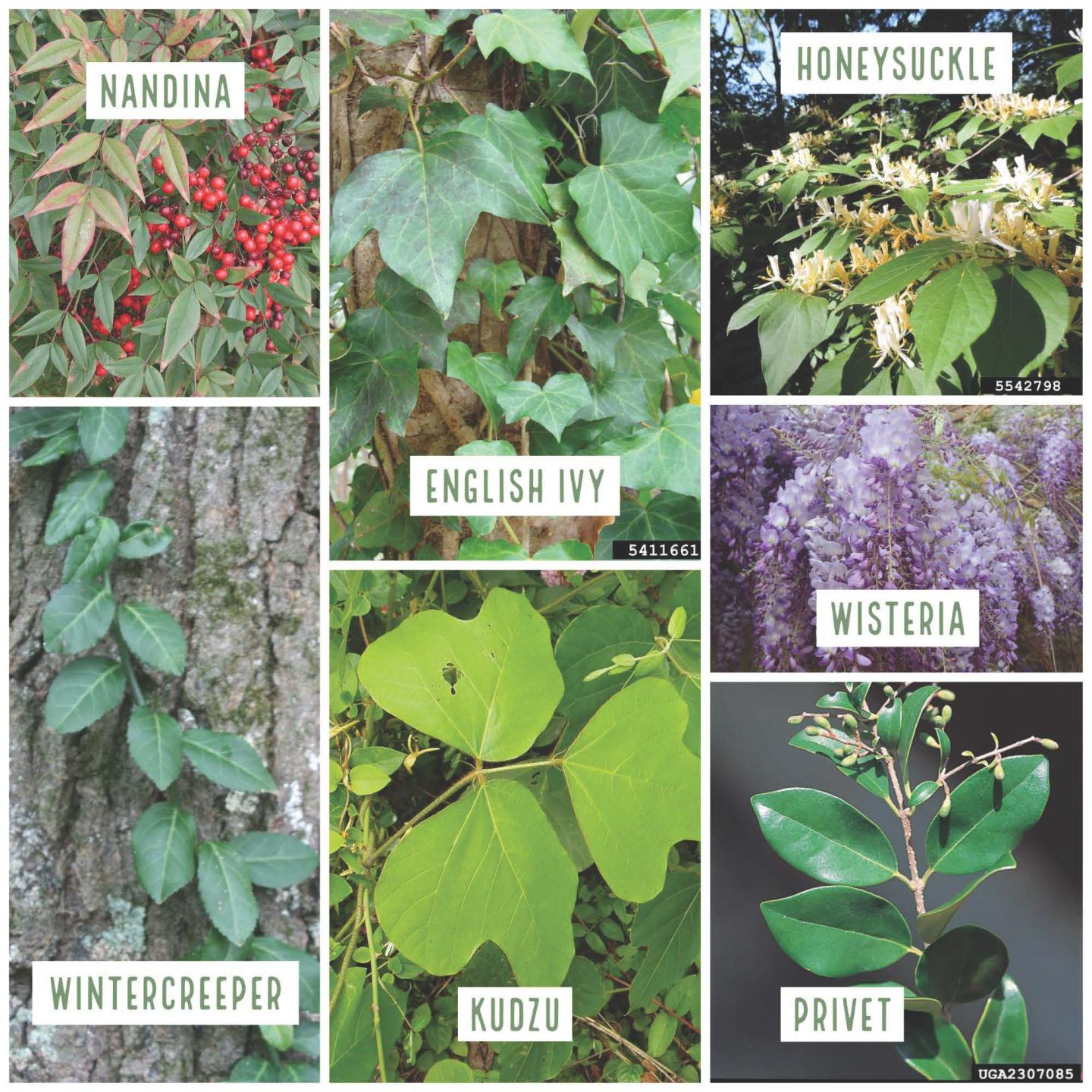Native Plants
Native plants are species that are naturally occuring in a region. Over a period of time, they have adapted to the local conditions, including the climate, soil, and land formation.
Image

Benefits of Native Plants
- They support our ecosystem by providing habitat and food sources for our local birds, insects, and mammals.
- They support pollinators. Some, like the monarch butterfly, are endangered.
- Some have extensive, deep root systems that can aid in stabilizing soil, uptaking large amounts of water, fixing nitrogen in the soil, and breaking up compacted soil or clay.
- They can be lower maintenance due to their adaptations to the local climate.
Are These In Your Yard?
Landscaping Best Practices
Learn how to improve water quality through landscaping practices: mulching, native plants, erosion prevention, and mindful chemical use for healthier ecosystems and reduced runoff.
Resources For Native Plants
Discover East TN's native.
- East TN - Landscaping with natives helps you to understand our natural heritage and protect native plant communities.
- Hamilton County checklist of native plants
- TN Valley Wild Ones are Chattanooga's local chapter of a national nonprofit dedicated to promoting the use of native plants in landscaping and other sustainable land management practices.
- The Reflection Riding Arboretum and Nature Center is an environmental learning hub and local non profit that has over 300 acres of preserved land. They are home to many species of native plants and have a biannual native plant sale.
- Lady Bird Johnson Wildflower CenterLady Bird Johnson Wildflower Center is a great resource to explore information and photos of native plants.
- The PLANTS Database provides standardized information about the vascular plants, mosses, liverworts, hornworts, and lichens of the U.S. and its territories.
- TN Smart Yards Native Plant List can help you develop a planting strategy for starting a large native plant garden.
Invasive Plants
Non-native invasive plants are species that have been introduced by humans, either purposefully or on accident, that threaten native plant and animal communities, and subsequently the environment. Many of these species were introduced through the landscaping trade and some are still being used that way. Always research the plants you are introducing to your yard or other landscapes.
Image

Why Are Exotic-Invasive Plants Bad for the Environment?
- Non-native invasive plants can outcompete our native species. They have no natural predators here, so they flourish and can take over native plant and animal communities, and in some cases spread out of control (a good example is Kudzu)
- They alter ecosystems
- They alter nutrient cycling
Common Exotic-Invasives
These non-native invasives are very common in Chattanooga. They will grow in forests, gardens, fields, etc. They are harder to control than typical garden weeds. Species-specific management resources will help you eradicate these from your landscape. Unguided efforts can sometimes make the growth of these plants more aggressive or erratic, making management more difficult. Research will help you work smarter not harder.